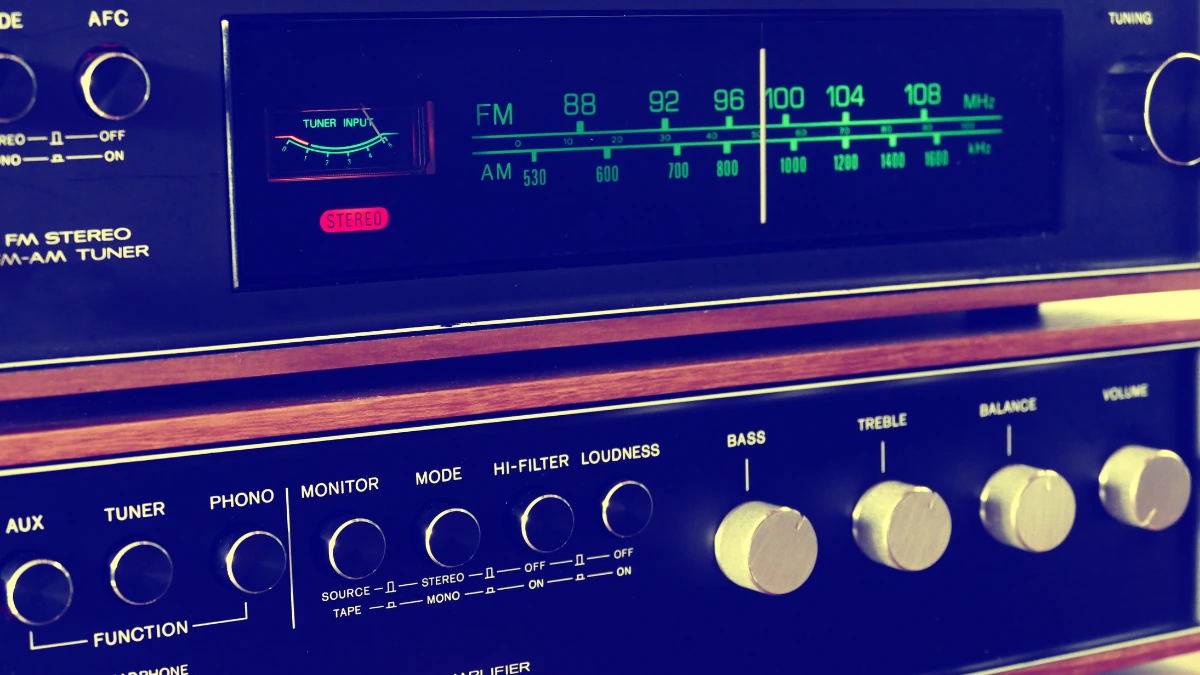The presence of an amplifier provides the ability to amplify the input signal and audio. One type of amplifier is a Radio Frequency (RF) amplifier, which offers several key functions and advantages.
The functions of a radio frequency amplifier include signal amplification, generating stronger output signals, and maintaining signal integrity, while the advantages include reducing noise and interference, being used for long-distance communication, improving communication clarity, and having a flexible frequency range.
This article will give you information on radio frequency amplifiers, including their functions, application examples, and the advantages they have.
What is a Radio Frequency Amplifier

A Radio Frequency (RF) amplifier is a type of communication system used to amplify radio frequency signals, such as television broadcasts or two-way radio. This device utilizes power from a power supply to increase the amplitude of the input signal.
RF amplifiers are often used in the final stage of transmitters to extend transmission range. The device is commonly used in radio transmitters, televisions, medical equipment, and cooking appliances.
The Functions of a Radio Frequency Amplifier
The radio frequency amplifier has several functions, including signal amplification, generating stronger output signals, and maintaining signal integrity. Here are the functions in detail:
- Signal amplification: Converting low-power radio frequency signals into higher-power signals.
- Generating stronger output signals: Amplifying the amplitude of incoming signals by utilizing electrical power from a power source.
- Maintaining signal integrity: RF amplifiers are designed to preserve the characteristics and quality of the original signal at higher power levels.
The Advantages of a Radio Frequency Amplifier
The radio frequency amplifier has several advantages, including reducing noise and interference, being used for long-distance communication, improving communication clarity, and having a flexible frequency range. Here are some of its main advantages in detail:
Reduces noise and interference

One of the advantages of radio frequency amplifiers is that they reduce noise and interference. These amplifiers improve the signal-to-noise ratio by reducing interference and noise. This results in better reception.
Can be used for long-distance communication
RF amplifiers are an important part of wireless communication, such as cell phones and WiFi routers. These amplifiers enable devices to communicate with each other over long distances.
Improving communication clarity
Radio frequency amplifiers are capable of amplifying weak signals. This ensures that the information transmitted is received clearly. This is certainly important for long-distance communication.
Has a flexible frequency
Another advantage of RF amplifiers is that they have a flexible frequency range. The device is designed to amplify signals across a range of frequencies used in modern wireless communication applications.
The Application Example of a Radio Frequency Amplifier

With many functions provided by the radio frequency amplifier, this device is applied in several audio sectors. The following are common examples of the application:
- Radio broadcasting: Used for high-quality AM and FM broadcasting by amplifying signals, allowing them to be heard over a wider area.
- Wireless communication systems: Used in wireless network communication systems to send and receive signals.
- Mobile networks: Used to amplify signals to ensure call and data quality in mobile networks.
Conclusion
Those are the definitions, functions, application examples, and advantages of the radio frequency amplifier that you need to know.
This type of amplifier is capable of reducing noise and interference, being used for long-distance communication, improving communication clarity, and having a flexible frequency range.
With this device, you can enjoy amplification signals, stronger output signals, and stable signal integrity.